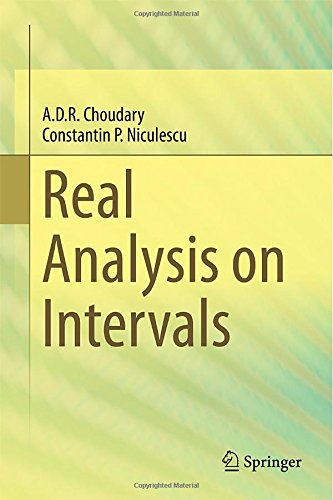

Most ebook files are in PDF format, so you can easily read them using various software such as Foxit Reader or directly on the Google Chrome browser.
Some ebook files are released by publishers in other formats such as .awz, .mobi, .epub, .fb2, etc. You may need to install specific software to read these formats on mobile/PC, such as Calibre.
Please read the tutorial at this link: https://ebookbell.com/faq
We offer FREE conversion to the popular formats you request; however, this may take some time. Therefore, right after payment, please email us, and we will try to provide the service as quickly as possible.
For some exceptional file formats or broken links (if any), please refrain from opening any disputes. Instead, email us first, and we will try to assist within a maximum of 6 hours.
EbookBell Team

0.0
0 reviewsThe book targets undergraduate and postgraduate mathematics students and helps them develop a deep understanding of mathematical analysis. Designed as a first course in real analysis, it helps students learn how abstract mathematical analysis solves mathematical problems that relate to the real world. As well as providing a valuable source of inspiration for contemporary research in mathematics, the book helps students read, understand and construct mathematical proofs, develop their problem-solving abilities and comprehend the importance and frontiers of computer facilities and much more.
It offers comprehensive material for both seminars and independent study for readers with a basic knowledge of calculus and linear algebra. The first nine chapters followed by the appendix on the Stieltjes integral are recommended for graduate students studying probability and statistics, while the first eight chapters followed by the appendix on dynamical systems will be of use to students of biology and environmental sciences. Chapter 10 and the appendixes are of interest to those pursuing further studies at specialized advanced levels. Exercises at the end of each section, as well as commentaries at the end of each chapter, further aid readers’ understanding. The ultimate goal of the book is to raise awareness of the fine architecture of analysis and its relationship with the other fields of mathematics.